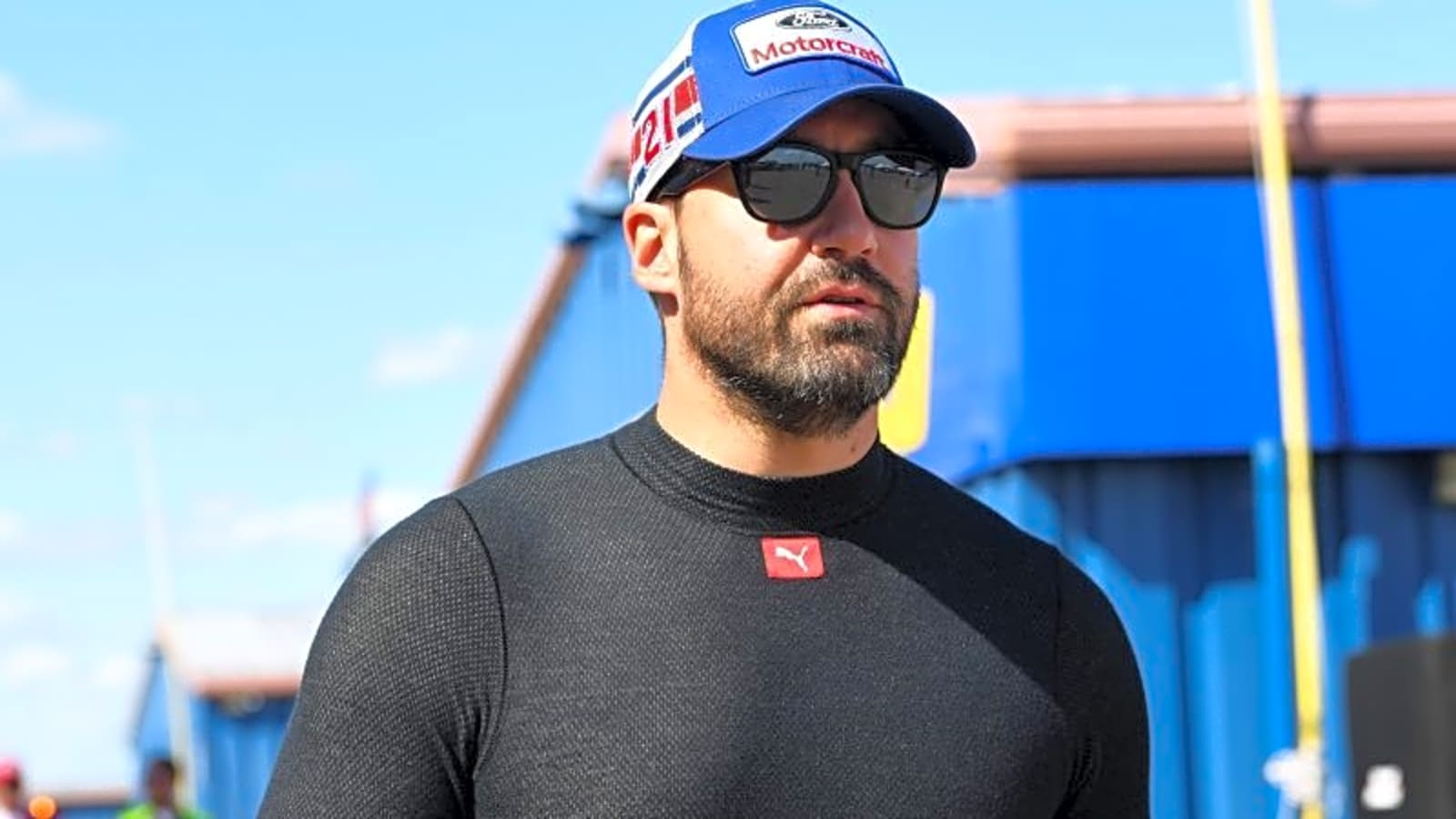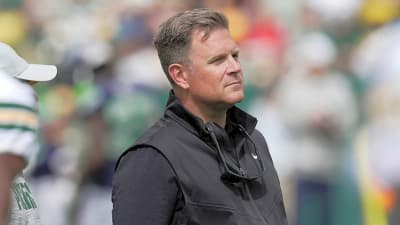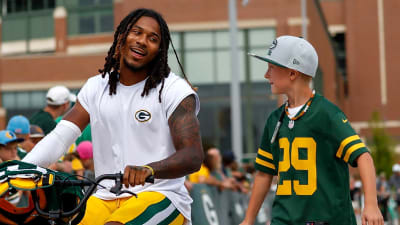
The roar of forty-three engines at Daytona International Speedway carries dreams and nightmares in equal measure. For Casey Mears on that August afternoon, those dreams came crashing down faster than you could say “Gentlemen, start your engines.”
Casey Mears and the Cruel Hand of Racing Fate
Racing will break your heart in ways you never thought possible. One moment you’re feeling the rhythm of the pack, sensing opportunity in every draft, and the next moment your world is spinning sideways at 180 miles per hour.
That’s precisely what happened to Casey Mears during the regular season finale at Daytona. The No. 66 Ford was running clean in the early stages, positioned right where a veteran driver knows he needs to be at the World Center of Racing.
Mears had that patient approach that comes from years of understanding superspeedway racing. He wasn’t forcing anything, wasn’t making desperate moves. He was there, ready to strike when the moment presented itself. Then racing reminded everyone why it’s the most unpredictable sport on Earth.
The Moment Everything Changed for Casey Mears
Turn three at Daytona has claimed countless dreams over the decades. The banking that makes cars fly also makes them vulnerable when something goes wrong. For Casey Mears, that something was a right-rear tire issue that struck without warning.
You could see it happening in real-time through the onboard camera. The car started getting loose, that telltale wiggle that every driver fears. Mears tried to save it, hands working the steering wheel with the desperation of someone who knows what’s coming next. But physics doesn’t care about experience or determination. The right-rear gave up completely, and the No. 66 Ford started its inevitable dance with the infield grass.
What struck me most was watching the other drivers react. These competitors, these warriors who battle door-to-door at speeds that would terrify most mortals, immediately went into self-preservation mode. They scattered like startled birds, each driver making split-second decisions that could mean the difference between advancing to the playoffs or going home early.
The Ripple Effect of Casey Mears’ Spin
Racing is interconnected in ways that casual fans don’t always appreciate. When Casey Mears lost control in Turn 3, it wasn’t just his day that changed. Every driver behind him had to make instantaneous decisions that would affect their entire season.
The beauty of NASCAR lies in these moments of pure instinct. You can’t practice for them. You can’t simulate the adrenaline rush of seeing a car sideways in your path at nearly 200 miles per hour. You either have the reflexes and the courage to thread the needle, or you become part of the carnage.
Watching the replay, you could see drivers lifting off the throttle, some diving low, others going high. Each choice carried consequences. Too aggressive, and you might collect the spinning car. Being too conservative means you lose valuable track position, which could cost you later in the race.
Casey Mears’ Legacy Beyond the Spin
It would be easy to focus solely on the mechanical failure that ended Casey Mears’ day prematurely. But that single moment doesn’t define a career or diminish the respect this driver has earned throughout his time in NASCAR.
Mears came up through the ranks the hard way, earning his stripes in various racing disciplines before landing in Cup Series competition. He’s run with some of the sport’s most respected teams and has always carried himself with the professionalism that NASCAR needs more of.
The tire issue at Daytona was a racing issue. It’s the cruel randomness that makes victory so sweet and defeat so bitter. One moment you’re calculating fuel mileage and planning your next move, and the next moment you’re a passenger watching helplessly as your car heads for the infield.
The Harsh Reality of Superspeedway Racing
Daytona doesn’t care about your plans. It doesn’t care about your experience or your preparation. The track will humble the most significant drivers and elevate complete unknowns, sometimes within the same race. Casey Mears understood this better than most.
He’s been around long enough to know that superspeedway racing is equal parts skill and luck. You can do everything right and still find yourself spinning through Turn 3 because a tire decided to give up without warning.
That’s what makes NASCAR so compelling and so frustrating. The human element, the mechanical element, and pure chance all collide at speeds that leave no room for error. When it all comes together perfectly, you get moments of pure magic. When it doesn’t, you get Casey Mears spinning in Turn 3 while forty-two other drivers try to avoid becoming part of the story.
The sport moves on, as it always does. The following week brings new challenges, new opportunities, and new heartbreak. But for one brief moment at Daytona, Casey Mears reminded everyone why NASCAR racing remains the most emotionally demanding sport in the world.
More must-reads:
- Why Jets GM still believes QB Justin Fields can revive career
- Giants unlikely to call up top prospect this year
- The 'Most 1,000-rushing yard NFL seasons' quiz
Breaking News
Trending News
Customize Your Newsletter
 +
+
Get the latest news and rumors, customized to your favorite sports and teams. Emailed daily. Always free!








